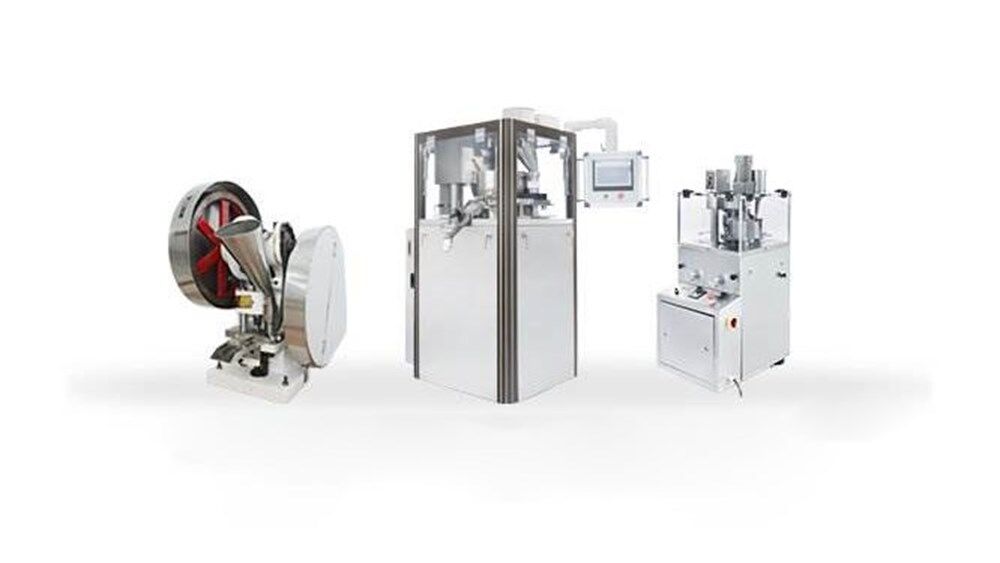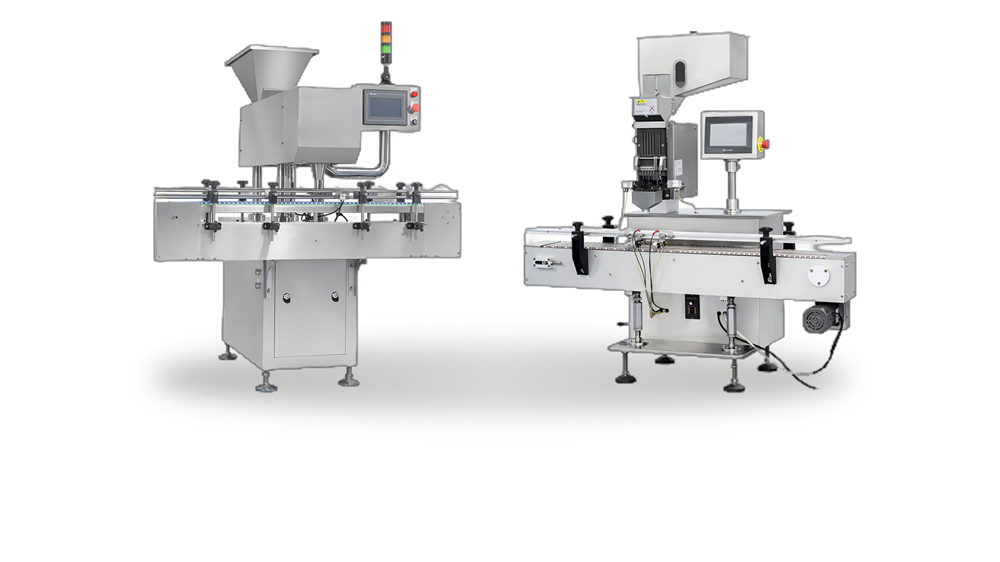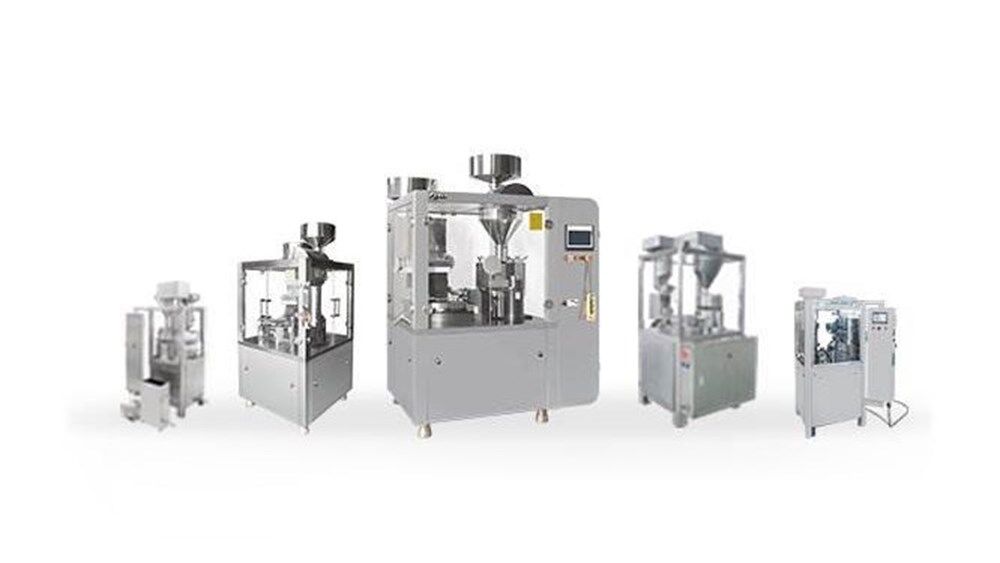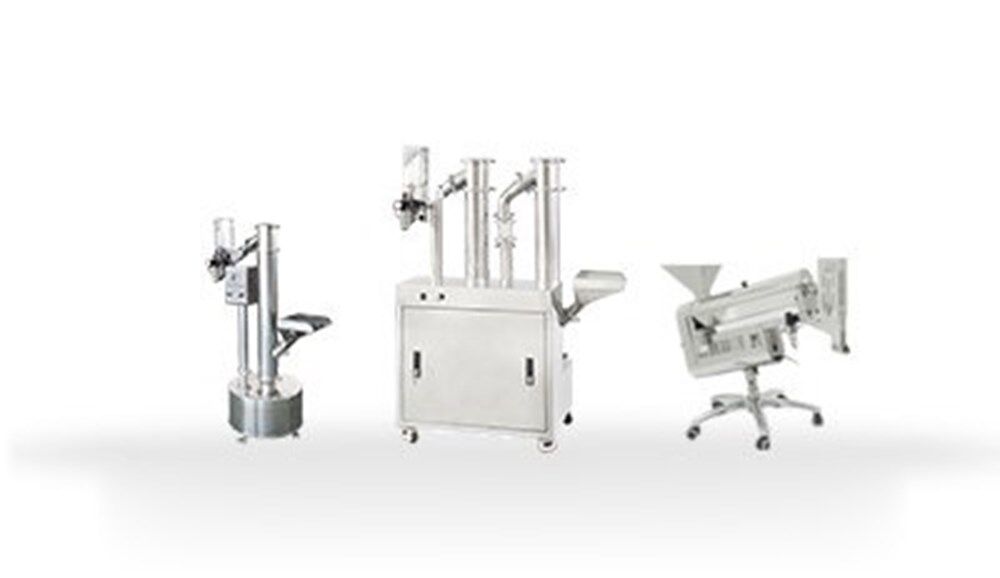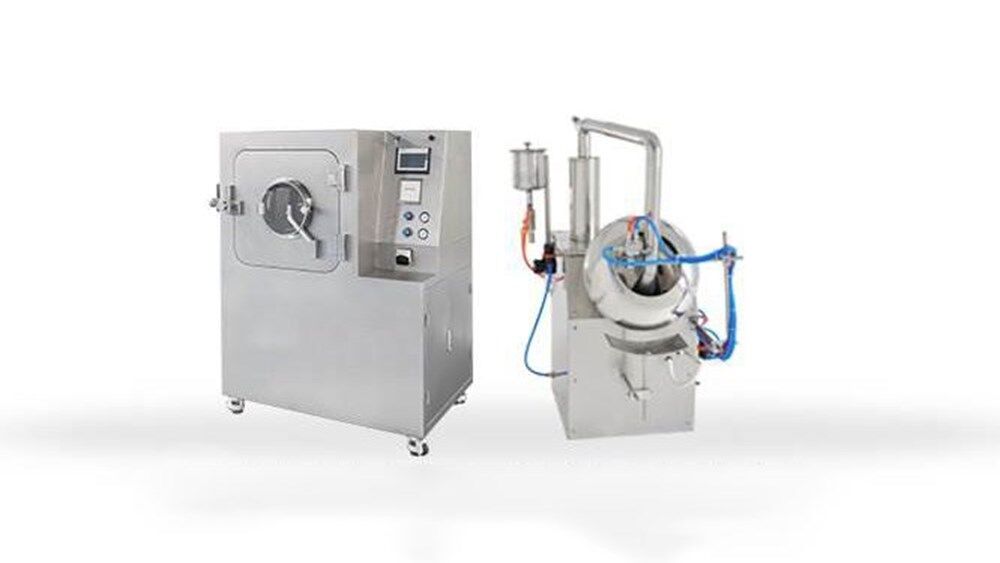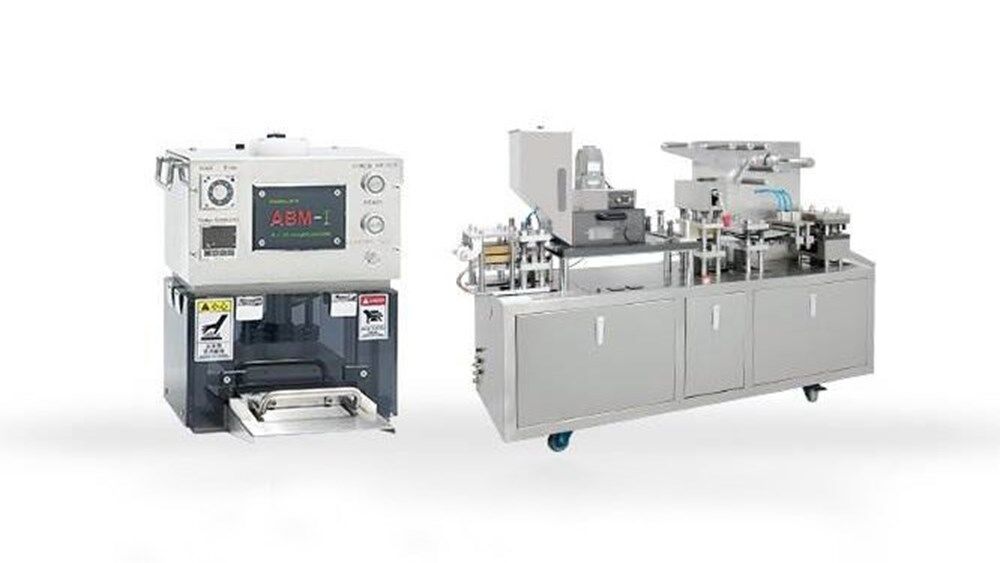What Are Medicine Capsules Made Of: A Complete Guide
Have you ever thought about the tiny capsules holding your daily medications? What are medicine capsules made of, and how do they deliver essential medicines?

In this blog post, we'll look at the materials used to make medicine capsules, from traditional animal-derived sources to modern plant-based alternatives. Join us as we look at the fascinating world of medicine capsules and the science behind them.
What Are Medicine Capsules?
A medicine capsule is a dosage form made up of a shell, usually made from gelatin. The shell holds the drug in powder or granule form. Capsules are taken orally or rectally. They're good for drugs that can't be made into tablets or that need to be taken with liquid.
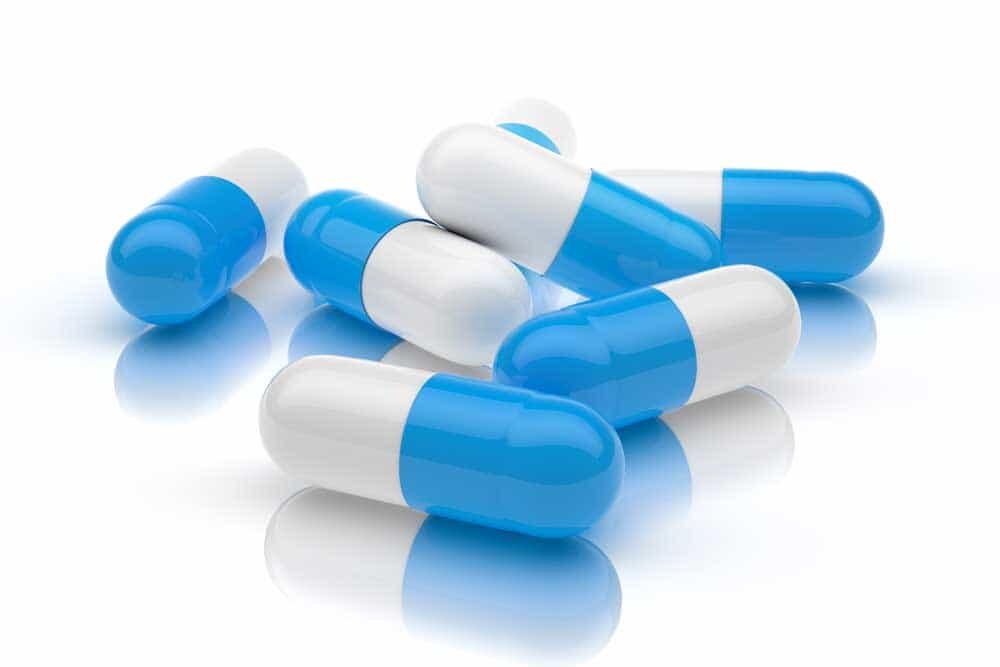
Capsules have some advantages over tablets. They're easier to swallow and taste better. Capsules usually dissolve and release their contents more quickly than tablets.
Capsules are used in many industries because they're versatile. Capsules are used to deliver all kinds of medications, from lifesaving drugs to dietary supplements. They come in different sizes, shapes, and colors. In recent years, nanotechnology has advanced to the point where nanocapsules have been developed. These have some unique properties and could be used in fields like agriculture, healthcare, and environmental science.
What Are Different Kinds of Medicine Capsules?
Medicine capsules are either hard or soft. They're also split into two groups based on where their shell comes from: animal or plant.
Hard-Shelled Capsules
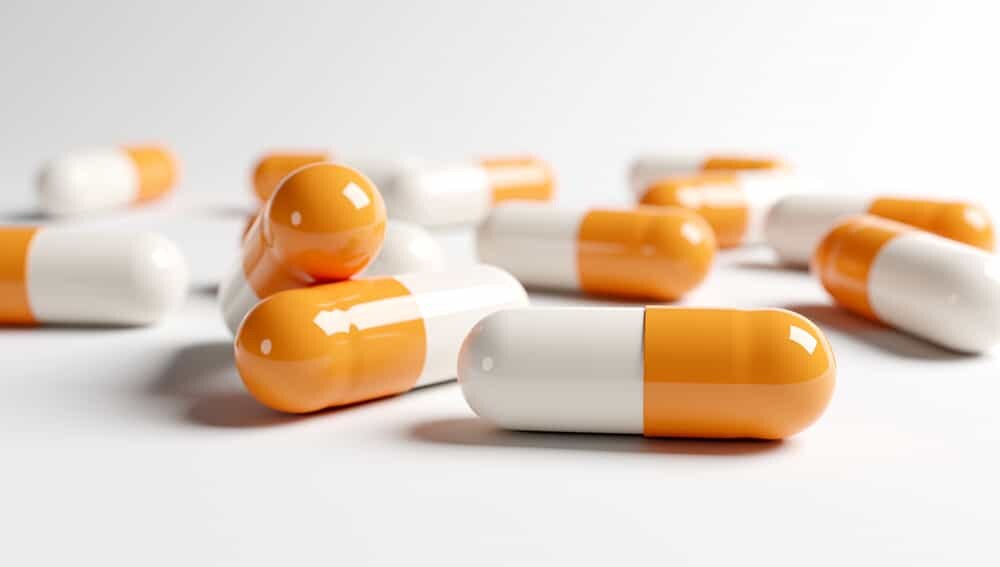
Hard-shelled capsules have a solid shell made from gelatin or plant-based cellulose. They're used to encapsulate powdered or pelletized drugs. Hard-shelled capsules are made in two pieces and filled with the drug before being sealed.
Soft-Shelled Capsules

Soft-shelled capsules have a flexible shell that encloses a liquid, semi-solid, or suspension drug. They're used to deliver oils, vitamins, and other liquids. The shell of soft-shelled capsules is usually made from gelatin, glycerin, and water.
Gelatin-Based Capsules
Gelatin is a protein from animals like beef, pork, or fish. Gelatin-based capsules are popular because they're easy to make, form a good film, and dissolve quickly.
Non-Gelatin Capsules
Plant-based alternatives to gelatin are available to suit different diets and beliefs. These include HPMC, pullulan, and carrageenan. Plant-based capsules are good for people who avoid animal products.
What Are Medicine Capsules Made From?
The main ingredients in medicine capsules are either gelatin-based or non-gelatin-based materials.
Gelatin-Based Capsules
Traditional capsules mostly contain gelatin, a protein derived from animal sources like beef, pork, or fish. Gelatin is obtained through a hydrolysis process that breaks down collagen. Collagen is a structural protein found in these animal tissues. Gelatin-based capsules offer good film-forming properties, rapid dissolution, and are widely used in the pharmaceutical industry.
Plant-Based Capsules
To make sure we can meet all our customers' needs, we've developed plant-based alternatives to gelatin. These include:
- Hypromellose (HPMC) capsules - HPMC capsules are made from cellulose, a plant-based polymer. They're popular because they're vegan-friendly, easy to swallow, and stable.
- Pullulan capsules - Made from starch derived from sources like corn, locust bean gum, and xanthan gum, pullulan capsules offer excellent oxygen barrier properties, making them a great choice for sensitive ingredients.
- Carrageenan capsules - Carrageenan capsules are a natural, plant-based alternative to gelatin. They're derived from seaweed. However, they may take longer to break down than other options.
- Polyvinyl alcohol (PVA) capsules - PVA capsules are synthetic polymers that can encapsulate hydrophilic or insoluble drugs and may enhance drug bioavailability.
- Starch capsules - Starch capsules come from plant-based starches like tapioca or potato. They're stable and can encapsulate a variety of ingredients, including essential oils.
How Does a Medicinal Capsule Dissolve in Your Body?
Once you swallow a medicine capsule, it starts to dissolve. Then, it releases its drug content and delivers it to the part of your body that needs it. The capsule shell, whether gelatin-based or plant-based, starts to dissolve in the stomach's acidic environment. This process breaks down the capsule and releases the drug, which can be in powder, granule, or liquid form.
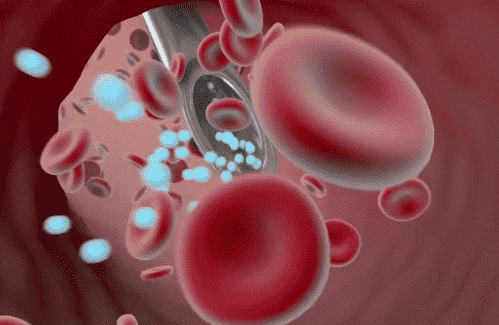
The released drug then moves through the digestive tract and is absorbed into the bloodstream. How quickly the body absorbs the drug can depend on factors like the drug itself, the capsule formulation, and individual differences in how the body works.
I then find that the drug is transported to different organs and tissues throughout the body. It attaches to certain cell receptors, which then triggers a biological response. However, drugs can also bind to unintended receptors, which can lead to potential side effects.
The liver is key to metabolizing drugs, breaking them down into less active forms. The body then gets rid of these metabolites, mainly through the kidneys in urine or through the intestines in feces.
How Do You Estimate The Dose Of A Medicine Capsule?
It can be hard to find the right capsule size for a medication. Think about the dosage you need and the physical properties of the drug. Capsule sizes range from tiny to big. We have put together a size chart to help you understand the different sizes and capacities.
|
Size |
Overall Length (in) |
Average Mg Capacity |
Volume Capacity (ml) |
|
000 |
1.029 |
800-1600 |
1.37 |
|
00E |
0.996 |
600-1200 |
0.9 |
|
00 |
0.921 |
600-1100 |
1 |
|
0E |
0.909 |
462-924 |
0.78 |
|
0 |
0.85 |
400-800 |
0.68 |
|
1 |
0.764 |
300-600 |
0.48 |
|
2 |
0.693 |
200-400 |
0.36 |
|
3 |
0.618 |
162-324 |
0.27 |
|
4 |
0.563 |
120-240 |
0.2 |
If you need to figure out the right size capsule for a specific dosage, you can use this simple formula:
Required Capsule Size = (Prescribed Dosage) / (Dosage Strength per Capsule)
For instance, if your doctor prescribes 500 mg of a medication and the available capsules contain 250 mg each, you might need two capsules.
The Bottom Line
Medicine capsules are used to deliver drugs. They dissolve in the body and release their drug content, providing therapeutic benefits. Understanding the different types of capsules and how they work helps us appreciate these essential pharmaceutical tools.
If you have any questions about capsules or their ingredients, our experts at iPharMachine are happy to answer.
Leave your comment
Also Offers
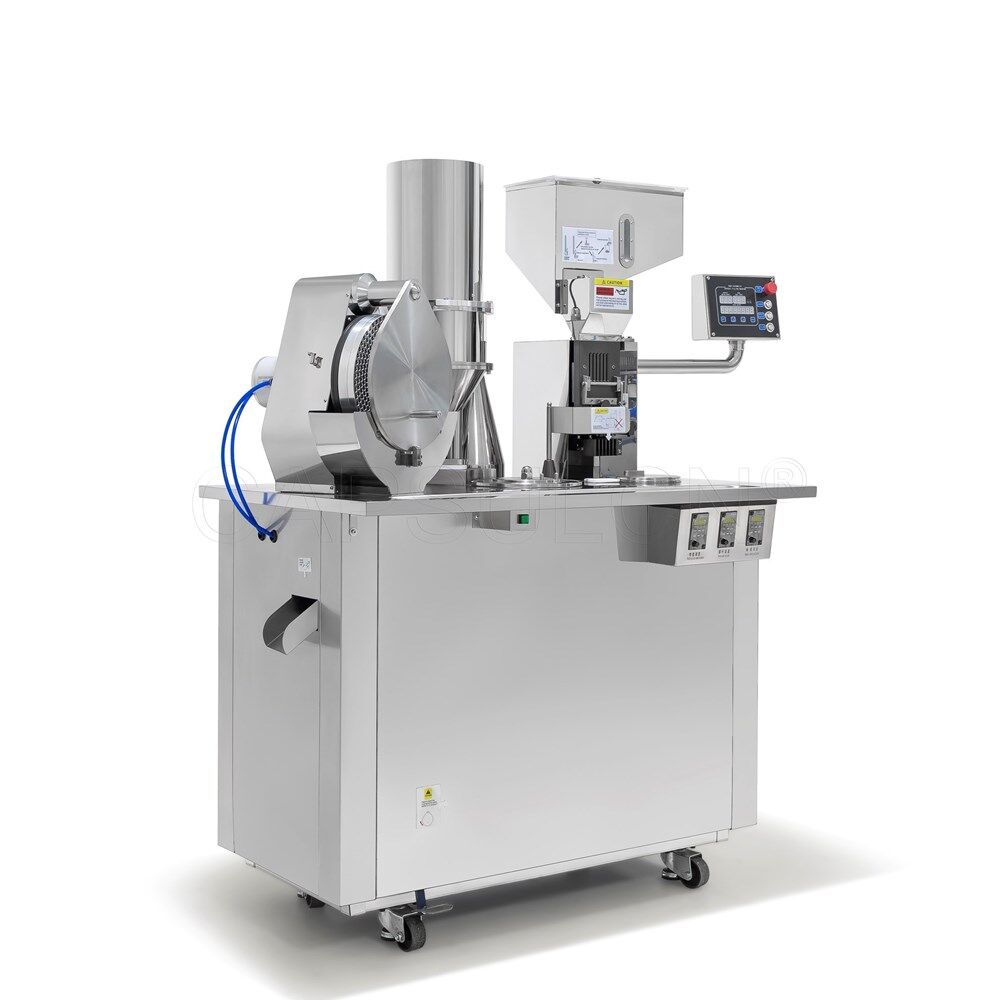
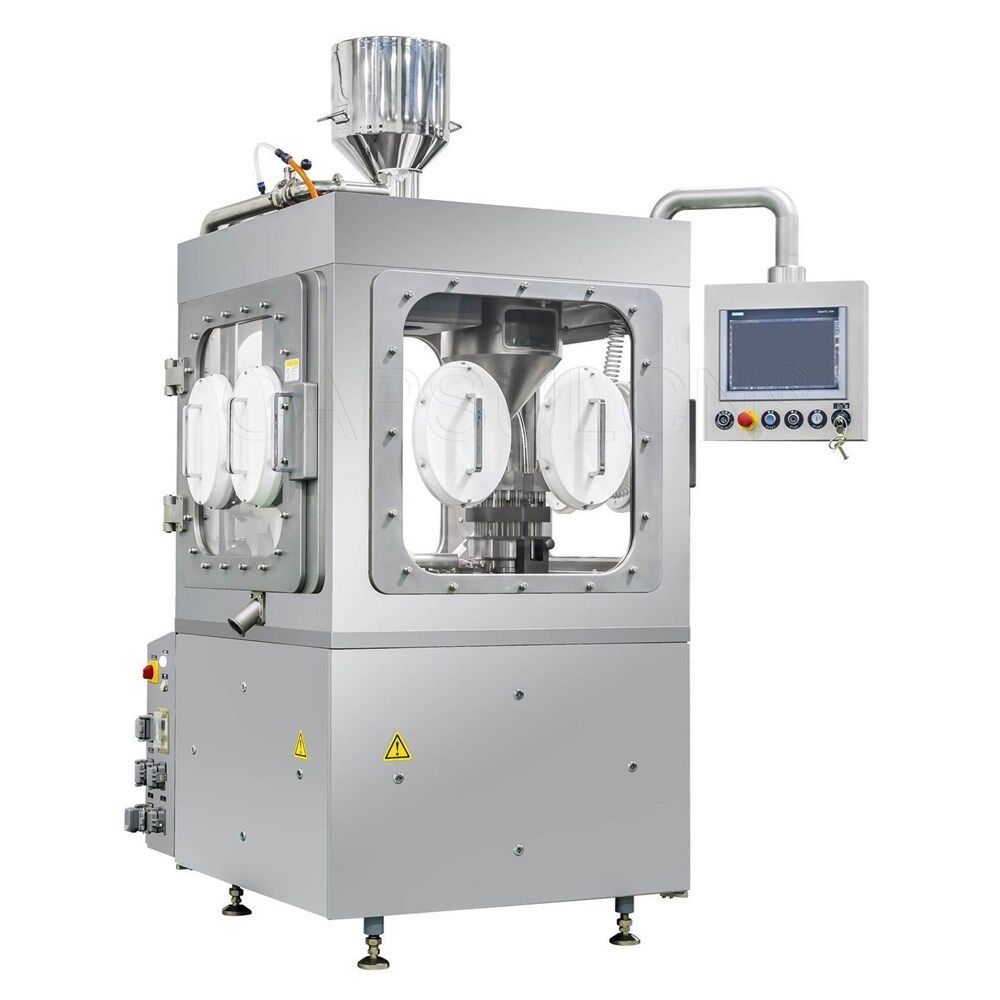
Containment Automatic Capsule Filling Machine SFK-703
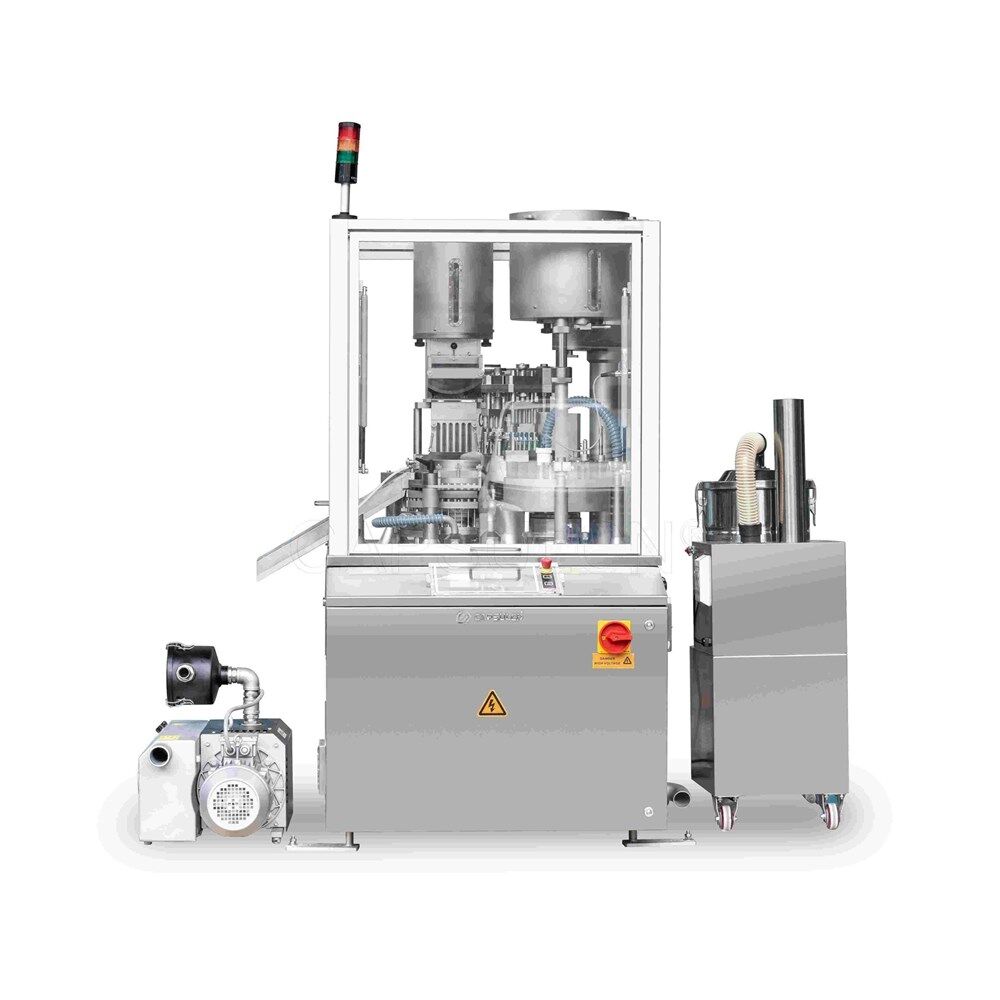
Fully Automatic Dosator Capsule Filling Machine CZ-40

Our Team
As an expert in the pharmaceutical and pharmaceutical packaging industry, iPharMachine has provided solutions for hundreds of pharmaceutical and health product manufacturers for 17 years. By visiting customers, we get good reviews from our customers.
- info@ipharmachine.com
- English Español Deutsche
